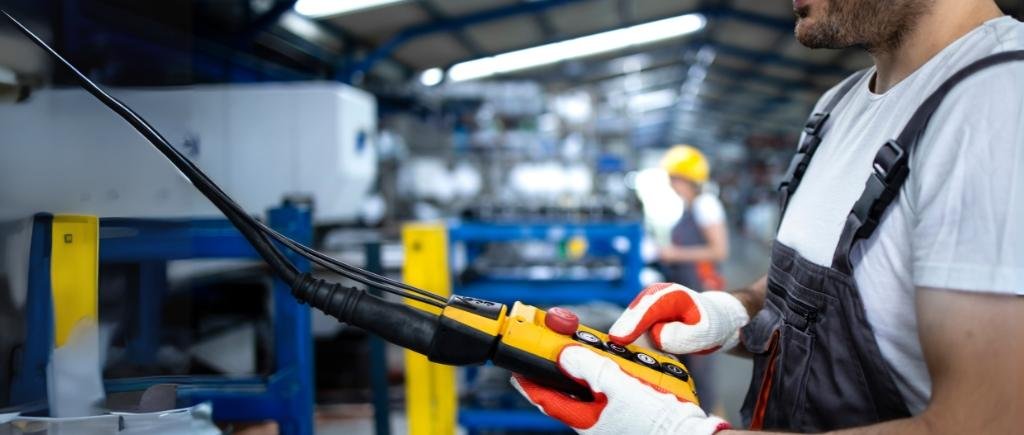Maintaining your welding electrode machine is the key to achieving consistent results, ensuring safety, and avoiding costly breakdowns. Whether you’re a professional welder or a DIY enthusiast, regular upkeep of your equipment can extend its lifespan and keep it running smoothly. In this guide, we’ll share practical, easy-to-follow steps to help you maintain your welding electrode machine effectively.
Why Maintenance Matters
A well-maintained welding machine performs better, reduces energy waste, and minimizes the risk of accidents. Dust, wear and tear, and loose connections can lead to poor weld quality or even equipment failure. By adopting simple maintenance habits, you’ll save time, money, and frustration in the long run.
Regular Cleaning and Inspection

Dirt, metal shavings, and moisture are the biggest enemies of your welding machine. Start by cleaning the exterior regularly with a dry cloth or compressed air to remove debris. Focus on vents and cooling fans—clogged vents can cause overheating.
Next, inspect the electrode holder and cables for signs of damage, such as frayed wires or cracks. Wipe down the holder to remove grease or spatter, which can interfere with electrical conductivity.
Check and Tighten Connections
Loose or corroded connections disrupt the flow of electricity, leading to weak arcs or inconsistent welds. Every week, tighten all bolts and screws on the electrode holder, ground clamp, and power terminals. Use a wire brush to clean corroded contacts—this ensures a strong, stable connection.
If your machine uses gas, check hose fittings for leaks. A simple soap-and-water solution can help spot bubbles indicating leaks.
Store Electrodes Properly
Electrodes absorb moisture easily, which compromises weld quality. Always store electrodes in a dry, airtight container or a specialized electrode oven. Label them by type and size to avoid mix-ups. Discard rusty or damp electrodes—they’ll create porous, weak welds.
Inspect Cables and Hoses
Damaged cables and hoses are safety hazards. Monthly, examine welding cables for cuts, exposed wires, or kinks. Replace any worn sections immediately. For gas-powered machines, check hoses for cracks and ensure they’re securely attached to regulators.
When storing cables, coil them loosely to prevent internal wire damage. Avoid placing heavy objects on them.
Lubricate Moving Parts
If your machine has moving components (e.g., wire feeders), apply a light machine oil to hinges or rollers every few months. This prevents rust and ensures smooth operation. Wipe off excess oil to avoid attracting dust.
Schedule Professional Servicing
Even with diligent care, your machine needs a professional check-up annually. A certified technician can clean internal parts, test voltage outputs, and replace worn components like switches or circuit boards. This helps catch hidden issues before they escalate.
Troubleshooting Common Issues
- Weak or Unstable Arc? Check connections and electrode quality.
- Overheating Machine? Clean vents and ensure proper airflow.
- Unusual Noises? Turn off the machine and inspect for loose parts.
If problems persist, consult a technician instead of attempting risky repairs.
Final Tips for Long-Term Care
- Keep the machine in a dry, cool environment away from direct sunlight.
- Follow the manufacturer’s guidelines for usage and maintenance.
- Train users on proper handling to prevent accidental damage.
Keep Your Machine in Top Shape
Regular maintenance of your welding electrode machine doesn’t require expertise—just consistency. By dedicating a few minutes daily to cleaning and inspection, you’ll ensure reliable performance and avoid unexpected downtime. Remember, a little effort today can save you from costly repairs tomorrow. Prioritize these steps, and your welding machine will be a trusted partner for years to come!
By following this guide, you’ll not only maintain your welding electrode machine effectively but also enhance the quality and safety of your welding projects. Stay proactive, and your equipment will reward you with peak performance!






